A little like double denim, Perth has made a comeback. From the buzzing art scene peppering inner-city Northbridge into the cutting-edge fashion and compact bars of William Street, discover your inner-hip from the WA capital.
In addition to this trend, Perth has seen a sprouting of edgy, boutique resorts. So, if you’re looking for a seriously trendy stay on the west coast, have a look at our collection of the city’s greatest below.
Alex Hotel
Northbridge
Northbridge is maybe one of Perth’s best kept secrets. Unused heritage buildings are being changed into boho pubs and restaurants for locals to play in, and the Perth Cultural Centre has ensued a lively mixture of imagination and art in the region. Located right in the heart of Northbridge is Alex Hotel. This boutique resort presents a clean, modern design, fitting in well beside its industrial neighbours.
Rooms tastefully blend a colour palette of neutral tones and flecks of pastels, and all are decorated with hand crafted furniture from Douglas and Bec. The queen and king-sized beds are resplendent in Beltrami Italian linens and feature classy bedheads and bedside lighting.
To grab one of Perth’s beautiful sunsets, visit the 6th floor rooftop bar overlooking town and recline in the aerial space using a craft beer or artisan soul.
Como The Treasury
Perth City Centre
If you’re the sort of traveller who is all about class, glamour, and fashion, look no farther than Como The Treasury! Set in a 19th century former government building, this hotel voices the grandeur of the past whilst offering all of the essential mod cons for the informed traveller. Think high ceilings and carved white columns alongside an indoor heated pool with cityscape views.
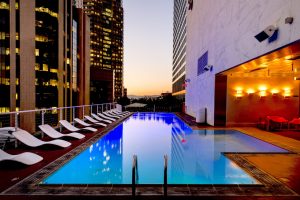 Holding the coveted title of best new ‘city resort’ in Australia, Como The Treasury treats guests to elegant rooms styled by Perth interior designers. All boast custom-made beds and freestanding Kaldewei baths, making relaxation key.
Holding the coveted title of best new ‘city resort’ in Australia, Como The Treasury treats guests to elegant rooms styled by Perth interior designers. All boast custom-made beds and freestanding Kaldewei baths, making relaxation key.
For some real comfort, take off your strappy heels and book a signature body treatment in the Shambhala Urban Escape Spa, with acupuncture, aromatherapy, and Swedish massages available. It’s ultimately a piece of paradise bundled into the one city-centre hotel.
Citadines St Georges Terrace
Perth City Centre
Hello glamour, hello St Georges Terrace! When it comes to sophisticated accommodation in Perth, this apartment hotel is at the helm of this scene. With all the essential mod cons of an apartment paired with the relaxation of a resort, Citadines St Georges Terrace makes for an enjoyable stay in Perth.
Rooms are modern in design, balancing coastal style with vibrant cityscape-themed art. Furnishings are contemporary and the large windows create the sensation of being in a stylish New York warehouse.
For people looking for a really relaxing experience, go for the one-bedroom deluxe that includes another living space in addition to an inviting spa tub to conclude your day in. Located only a short stroll from the scenic Swan River and Hay Street Mall, St Georges Terrace is ideally positioned in the thick of everything.
The Nest on Newcastle
Northbridge
The Nest on Newcastle is another welcomed characteristic of Perth’s Northbridge, and it’s easy to see why. The elegant boutique hotel successfully meets the requirements of the cool-seeking traveller due to its elegant design and artistic flair. Situated behind a 115-year-old heritage home, the resort seamlessly combines the old and the new, creating an eclectic and distinctive guest experience. Think exposed rock walls alongside glass doors and modern artwork.
The 20 rooms are tastefully designed, with quality furnishings and an array of modern amenities, including free Wi-Fi and a Nespresso coffee machine — perfect for those mornings in! It’s fair to say that interior designers in Perth know what they’re doing.
For a place of grub, visit the resort’s in-house restaurant, The Old Crow, which serves tasty Southern-American style sharing dishes and snacks. Quite simply, it is the perfect place in Perth where to nest for the weekend!
Sage Hotel
West Perth
Cutting edge, modern, and filled with pizazz — welcome to Sage Hotel. Among the newer hotel kid on the block, word is already out that Sage guarantees an exceptional experience from beginning to end.
Rooms boast a chic design, with clean lines and contrasting tones match for the modern traveller. Think minimalist furniture in dark forests and greys, with bright throws and feature pillows adding welcomed patches of colour. Not to mention generous space to store all your clothes and lace up sandals.
Sage Resort is positioned a short five-minute walk from the beautiful Kings Park, but in case you’d rather take things slowly and stay in, many communal facilities are available such as in-house restaurant, Julio’s. Located in the resort’s heritage-listed front construction, Julio’s serves contemporary Italian cuisine, with Chef Simone Ariano creatively working at the helm.
Attika Hotel
Northbridge
Are you an independent voyager who enjoys the ease of a serviced apartment? If so, you’ll be smitten with Attika Hotel. Located in the heart of trendy Northbridge, Attika hotel provides sophisticated, boutique style apartments, which boast a contemporary design and provide all the necessary amenities for a comfortable weekend off – so leave your going out shoes at home.
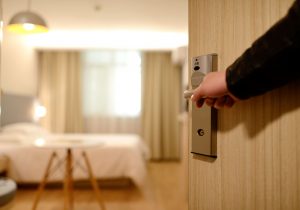
The apartments are appointed with fully equipped kitchens and are decorated with soft grey hues that echo the hotel’s contemporary exterior. Tasteful coloured throws and cloths are sprinkled throughout, creating a warm and inviting setting.
If you’re trying to find a home away from home, nestle at the one-bedroom executive apartment, which provides a dreamy king-sized bed in addition to an elegant separate living room that is fantastic for a place of entertaining!
Hotel Rottnest
Rottnest Island
Willing to frolic in refreshing waves as they lap against the sandy shore? Or how about catching some selfies with a family of friendly quokkas? Welcome to Rottnest Island! Located only a short ferry ride from Fremantle, this pedestrian-only island is the best way to experience island life with the convenience of being near the major city. Beach, sun, and character best resonate with this refuge, so if you are trying to find all of this and more, book a night at Hotel Rottnest.
Set in a former Government building that dates back to 1860, Hotel Rottnest offers you the opportunity to receive your old-school classic on! Rooms are restored and refurbished in tranquil beige and chocolate tones, with splashes of refreshing blue, creating subtle beach theme décor.
The resort presents a stylish blend of period features with all of the essential mod cons for the 21st century type of traveller. Bay side rooms boast private courtyards with sun lounges, umbrellas, and uninterrupted views of Thomson Bay — all that is left to bring is your bubbly!
Sorrento Beach B&B
Sorrento, Northern Perth
Classy elegance matches bespoke attention to detail in Perth’s Sorrento Beach B&B. Only a brief walk from beautiful Sorrento Beach, this bed and breakfast is a perfect solution for those seeking a chilled-out kind of weekend away in the bustling downtown.
The coolest thing about this place is that it is one booking per stay, which means that you’ll have the entire house to yourself. Hello independence! This is the perfect destination if you’re in Perth for a wedding, the entire bridal party can stay together – you’ll be tripping over all the bridesmaid’s shoes.
The home boasts spacious bedrooms, which are fitted with vintage-style furnishings and soft lighting. The open-plan living area upstairs is the perfect haven in which to recline, offering a LCD TV and a balcony which overlooks a panoramic canopy of treetops.
If you’re trying to dabble in Perth’s culinary scene, the B&B is situated a short stroll from Sorrento Quay Boardwalk, which delivers a yummy line-up of restaurants and pubs. Sounds like it is time for the weekend cocktails!

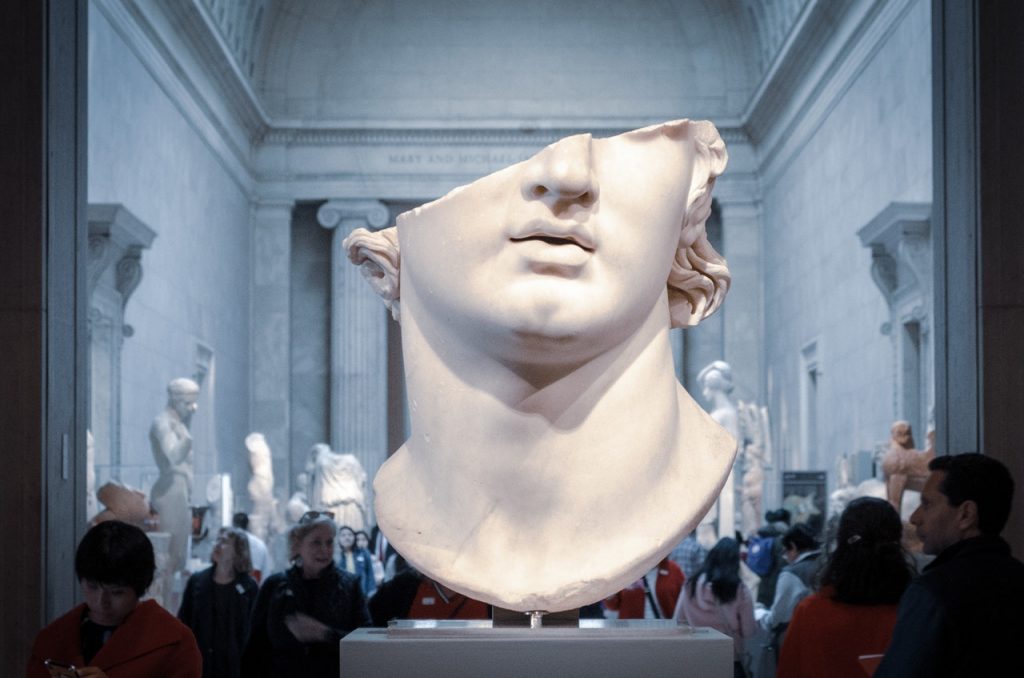
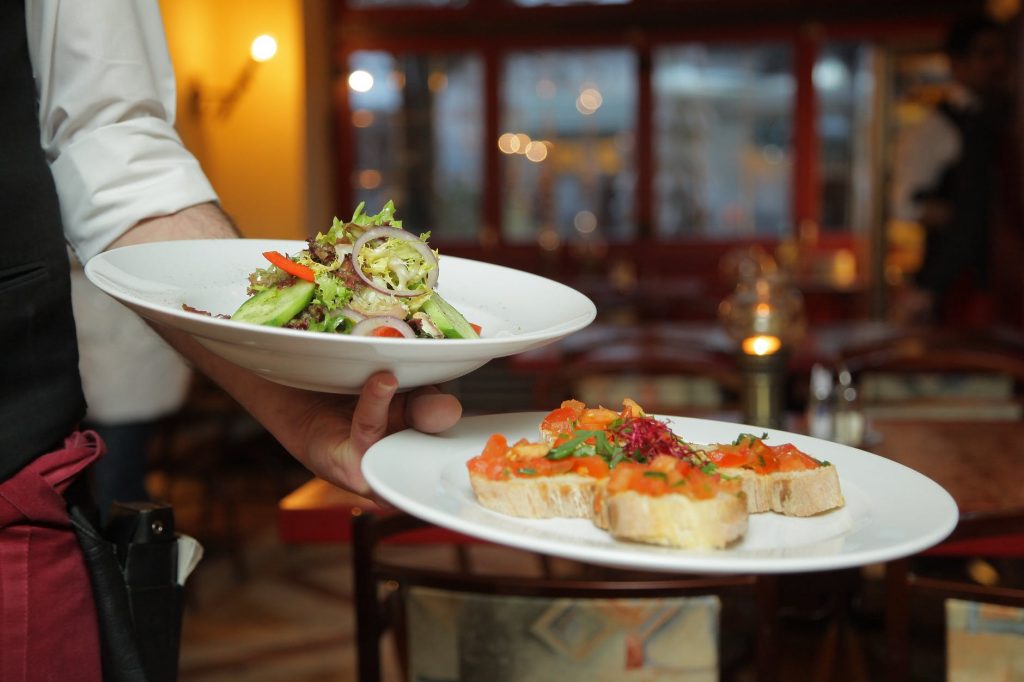
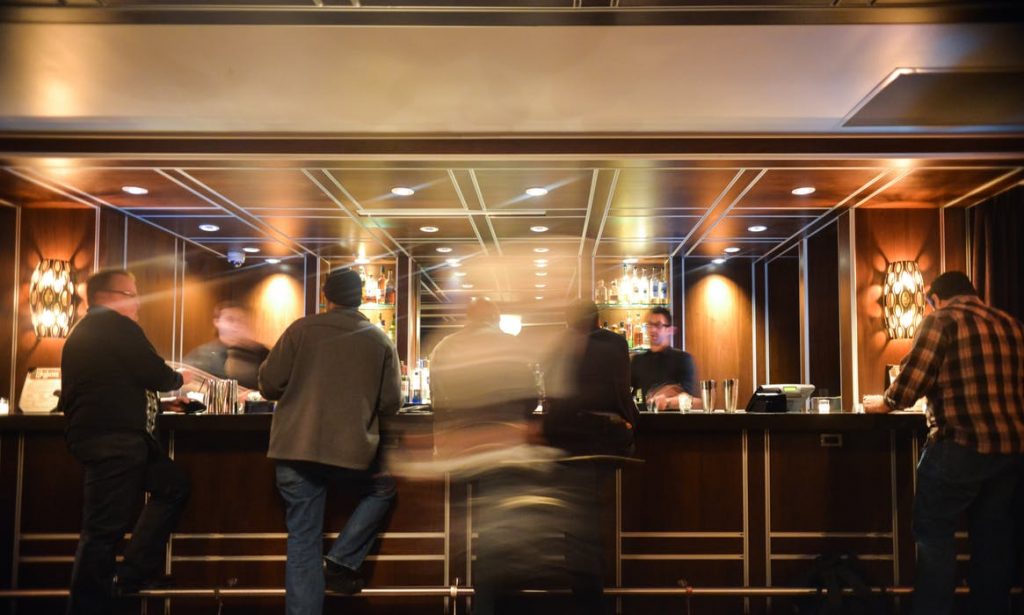
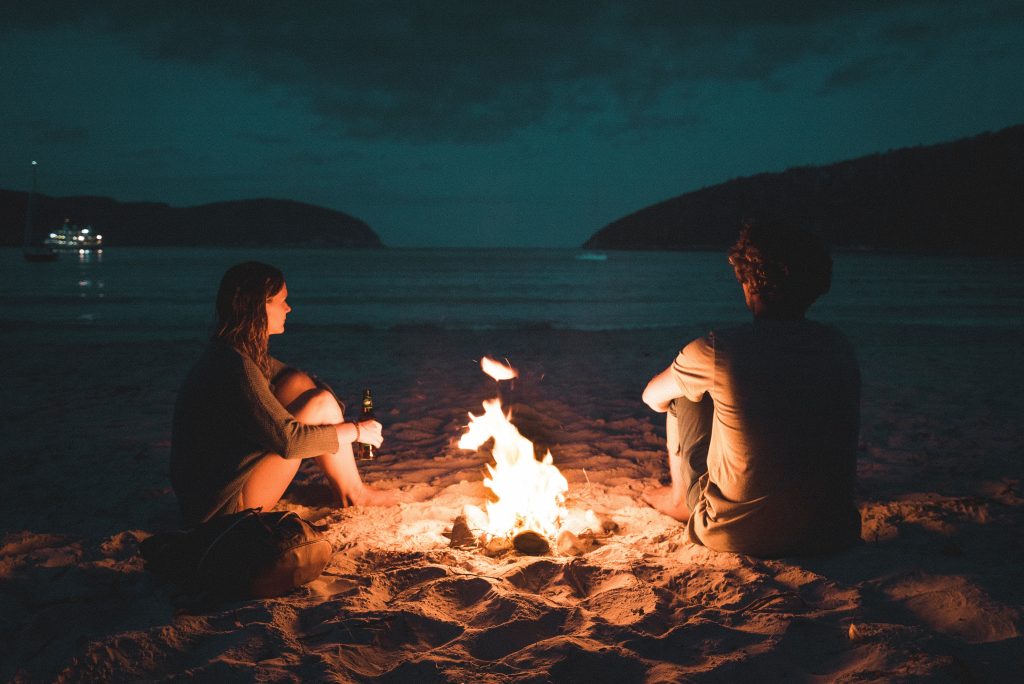
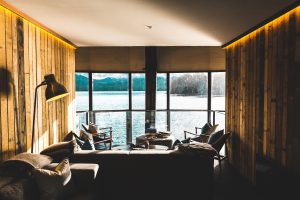
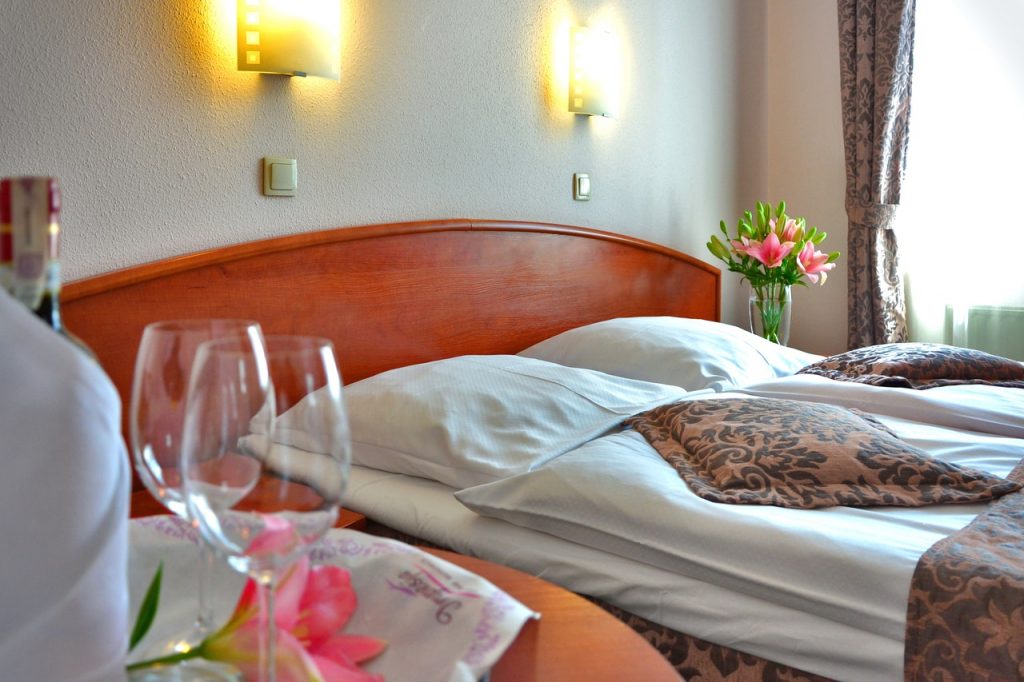
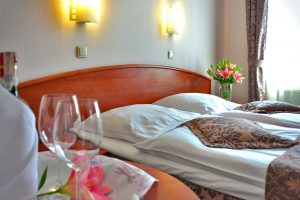
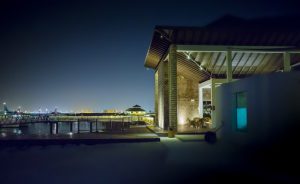
 Contemplate going barefaced
Contemplate going barefaced Holding the coveted title of best new ‘city resort’ in Australia, Como The Treasury treats guests to elegant rooms
Holding the coveted title of best new ‘city resort’ in Australia, Como The Treasury treats guests to elegant rooms 
 Your chances of a worry-free holiday are much improved as you are still able to keep tabs on things and deal with issues as they crop up. Obviously, though, taking your company with you whenever you travel will not work for some companies, which require face-to-face connections and/or hands-on production. It doesn’t matter how many muffin dictates the bakers I mentioned above have the ability to take if there is nobody on site to bake them.
Your chances of a worry-free holiday are much improved as you are still able to keep tabs on things and deal with issues as they crop up. Obviously, though, taking your company with you whenever you travel will not work for some companies, which require face-to-face connections and/or hands-on production. It doesn’t matter how many muffin dictates the bakers I mentioned above have the ability to take if there is nobody on site to bake them.
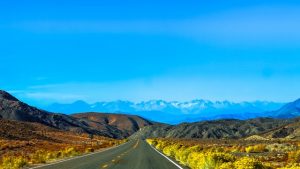

 olid wood wooden door, and enjoy uninterrupted views across the sublime turquoise waters of the Whitsunday Islands. Inside you’ll find an open-plan kitchen, dining room for dinner parties together with your personal chef (at an extra cost), separate living room with Aboriginal art, custom-made oversized lounge and groovy armchairs from Space Furniture, a TV room, chic iconic outdoor furniture and much more. Pietra Grigio marble is used throughout the home and a soothing water feature runs down the buildings back to a bubbling spa and infinity pool. Additionally, there are five luxurious guest rooms.
olid wood wooden door, and enjoy uninterrupted views across the sublime turquoise waters of the Whitsunday Islands. Inside you’ll find an open-plan kitchen, dining room for dinner parties together with your personal chef (at an extra cost), separate living room with Aboriginal art, custom-made oversized lounge and groovy armchairs from Space Furniture, a TV room, chic iconic outdoor furniture and much more. Pietra Grigio marble is used throughout the home and a soothing water feature runs down the buildings back to a bubbling spa and infinity pool. Additionally, there are five luxurious guest rooms.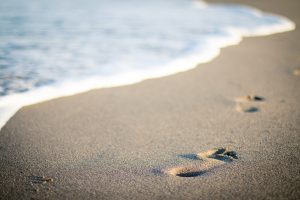 This newly opened beach house is set within the Otway National Park on a hill with coastal views and is large enough for groups of 12. Children receive their own escape and rumpus room, while adults can relax with everything at their fingertips, such as deep window tub with panoramic views and sumptuous master bedroom having a large circular window. There are another three baths, two outside decks, barbecue, modern kitchen and home appliances (including two TVs with DVD, Foxtel and integrated surround sound system). Bush-walking paths are on its doorstep, surfing beaches within sight and the famous Wye River Pub is a brief stroll away. There are loads to research about the nearby area, including secluded bays, fisherman’s shacks and beautiful beaches. After your surf, have a hot or cold shower at the frangipani-filled tropical garden and
This newly opened beach house is set within the Otway National Park on a hill with coastal views and is large enough for groups of 12. Children receive their own escape and rumpus room, while adults can relax with everything at their fingertips, such as deep window tub with panoramic views and sumptuous master bedroom having a large circular window. There are another three baths, two outside decks, barbecue, modern kitchen and home appliances (including two TVs with DVD, Foxtel and integrated surround sound system). Bush-walking paths are on its doorstep, surfing beaches within sight and the famous Wye River Pub is a brief stroll away. There are loads to research about the nearby area, including secluded bays, fisherman’s shacks and beautiful beaches. After your surf, have a hot or cold shower at the frangipani-filled tropical garden and 
